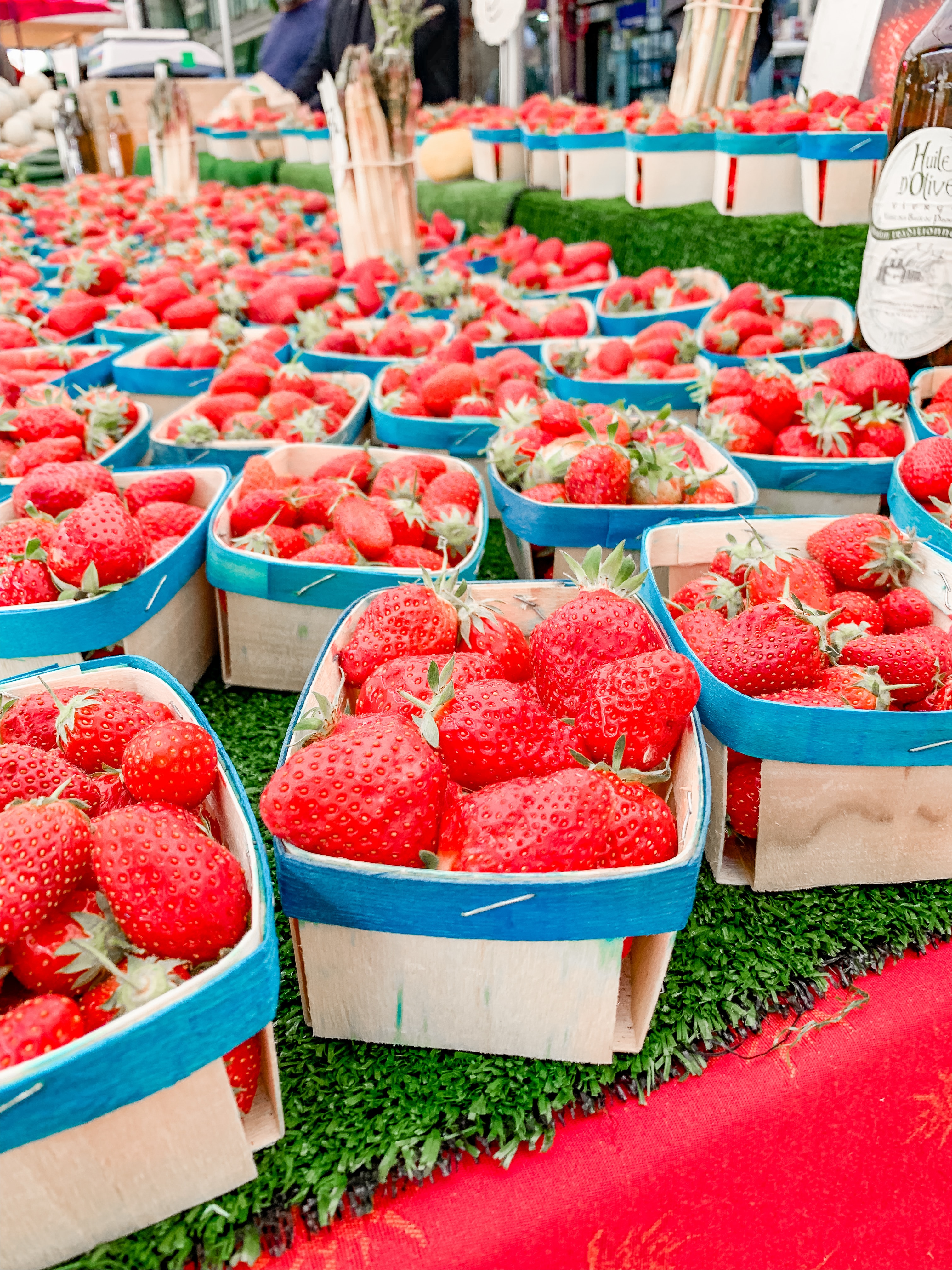How Growers Utilize Hydroponics To Grow Strawberries

Technological developments have allowed growers to increasingly pursue novel approaches to producing fruit beyond normal constraints.
The method for growing hydroponic strawberries has particularly attracted a lot of interest in recent years.
Let’s go over what there is to know about this innovative growing method, as well as why it’s proven to be beneficial. We’ll also take a look at how fintech solutions like Silo can help businesses operating in the supply chain invest in new solutions.
What are hydroponic strawberries?
Hydroponic systems provide the perfect environment for strawberry plants to flourish year-round, allowing growers to produce fresh fruit regardless of the season. This method sees plants being grown in nutrient-rich water solutions, eliminating the need for soil.
The benefits of hydroponic strawberries
So why have growers been showing an increased interest in this method? Here are a few key benefits that may explain the uptick in interest.
Less physically demanding
Hydroponic systems offer ergonomic benefits for workers tending to young strawberry plants. By using this method, the tasks of planting and harvesting become less physically demanding and more comfortable.
Unlike conventional techniques that involve continuous bending down, hydroponic systems allow workers to remain standing throughout the process. This reduces strain while enhancing efficiency and productivity.
Allows for year-round production
Producing strawberries hydroponically offers the advantage of a year-round growth season. Unlike traditional practices limited by climate, hydroponic systems within hoop houses or buildings overcome this constraint.
By staggering planting schedules, growers can provide a consistent supply of fresh strawberries throughout the year, regardless of regional growing seasons. This allows for the continuous production of strawberries, eliminating the reliance on seasonal harvests.
More resource-efficient
Cultivating strawberries hydroponically offers a more environmentally friendly approach to utilizing available resources. Compared to traditional soil-based techniques, hydroponics requires significantly less water and chemical input. This is particularly beneficial, as traditional methods often demand substantial quantities of both.
By utilizing a growing substrate, such as coir (shredded coconut husk), which effectively retains water, growers can reduce watering frequency. Moreover, this growth medium can be recycled for subsequent seasons, thereby reducing waste production and resource consumption.
The challenges of hydroponic strawberries
Despite notable benefits, producing strawberries via hydroponics presents its own set of unique challenges.
A large initial financial commitment
Transitioning to a hydroponic system requires a significant initial investment. Growers must allocate funds for specialized infrastructure in addition to the usual expenses associated with land, plants, and inputs.
The initial capital investment encompasses various components, such as hoop houses, gutters, irrigation pipes, and growth substrates.
Lack of information
While hydroponic growing procedures have existed for some time, the cultivation of hydroponic strawberries en masse remains relatively unexplored. There’s a lack of research dedicated specifically to this fruit in hydroponic environments.
Growers venturing into this field may find themselves lacking comprehensive sources, which could impact decision-making and crop management.
A hydroponic setup example
So what would a setup look like for hydroponic strawberries? Let's delve into the various components of a typical setup.
Hoop houses
Strawberries are shielded from adverse weather conditions year-round using hoop houses, ensuring optimal growth and a bountiful harvest. These protective structures create an ideal environment, allowing the strawberries to thrive and flourish.
Gutters and substrate
Strategically positioning gutters serves a dual purpose: supporting substrate bags and facilitating the collection of irrigation water. These bags contain a growing medium, often coir, designed to mimic the characteristics of soil. Coir's impressive water retention capabilities minimize the need for excessive irrigation, resulting in enhanced water efficiency.
Remarkably, these substrate bags can be utilized for up to three consecutive growing seasons.
Irrigation and plant transplantation
Within the substrate bags, sprinklers are strategically placed to provide water (and occasionally fertilizer) through the irrigation lines. The designated holes in the substrate bags are filled with young strawberry plants.
While the bags can be reused for multiple growth seasons, the strawberry plants themselves are only viable for a single growing season before requiring replacement.
Creative use of tape
Tape, as a material, can be used to guide the plant's growth outward instead of downward. This helps prevent fruits from hanging at undesirable heights, ensuring that strawberries are kept away from gutters and substrate bags.
This method effectively controls the growth pattern and position of the plant, promoting better fruit development and overall plant health.
Make use of fintech solutions like Silo
Hydroponic strawberries can pay off long-term and can be a solution for businesses who want to operate outside the bounds of limited seasonality.
If you’re a business working in the supply chain and want to expand your operations to work with growers who produce fruit hydroponically, you may need some initial investment upfront. For that, consider Silo Capital, which offers discreet access to working capital. Payment terms are flexible so you can focus on building your business.
If you’re a grower, talk to your business partners about how they can benefit from Silo.
Book a demo with Silo today!
Want to book a demo with us?
Add your info and we’ll get one scheduled with you.